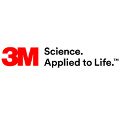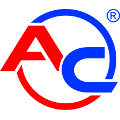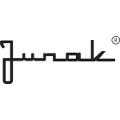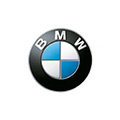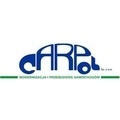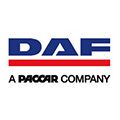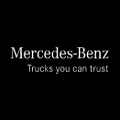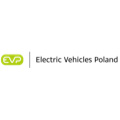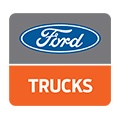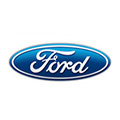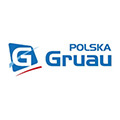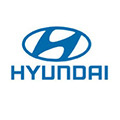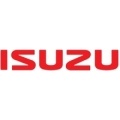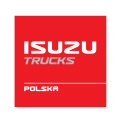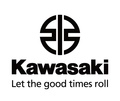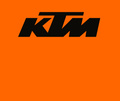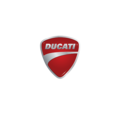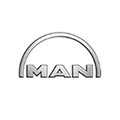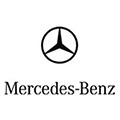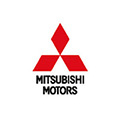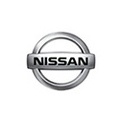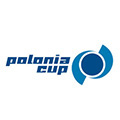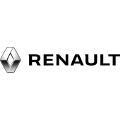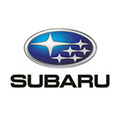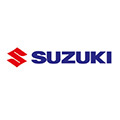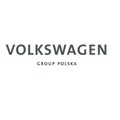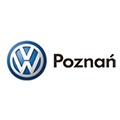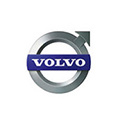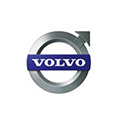06/2016 190 million wasted out of marketing budgets? TNS info
The automotive sector is the largest among all online advertisers. According to IAB reports, automotive marketers spent PLN 600 million last year on communication in online channels. The vast majority of this sum was allocated to acquiring leads that were subsequently supposed to be taken on by dealership chains or centralised sales structures. However, research carried out by TNS Polska indicates that 32% of such leads remain unanswered.
Acquiring information on automotive importer offer has never been this easy. Penetration of the internet reaches 70%, making it one of the fundamental channels of communication with the customer. Everyone uses the web eagerly. Both us, as consumers, and brands for their communication purposes. The result is that a potential new car buyer has a limited opportunity of avoiding exposure to advertising for new models online. Simply clicking an ad is all it takes to arrive at X or Y brand’s websites, which are now becoming ever more clear and appealing. They offer an immeasurable amount of information as well as the opportunity to put together one’s dream car. The main purpose of this sort of activity is to provoke the customer to send an enquiry (lead) to the dealership, asking for an offer for their desired model, a catalogue, or a test drive.
Models of consumer behaviour in the vehicle purchase process have changed due to the expanding access to information in the electronic media. A substantial part of the decision making process has been taking place at home, on the proverbial couch of the prospective buyer. After the conclusion of the part of the process that involves model comparison on the basis of the available information, opinions, and tests, consumers usually move on to acquiring specific information about a group of select models. One of the more convenient and time-saving means of doing this is sending an electronic enquiry (lead) to the dealership.
Such leads usually constitute the prospective buyer's first contact with the given brand’s representative, and usually are decisive in terms of the further relationship between the customer and the brand – is it going to be successful, i.e. concluded with a purchase?
As customers, when sending a lead we expect to receive special treatment from the brand’s representatives as early as at that very stage of the process. After all, we’re showing our interest. The expectation is for the dealership to respond quickly, with to-the-point answers to our questions. Are we going to stay interested in model X if our lead remains unanswered?
Asking, among others, the questions mentioned above, TNS Polska decided to verify the effectiveness and quality of responses to enquiries that are sent (via websites) to new car dealerships of most of the brands present on the Polish market. The study was conducted in April and May this year, and comprised 26 dealership chains from the popular brands and premium brands segments. A total of 1295 leads were sent via the tested brands’ websites, one per each sales point. The enquiries included questions about offers for particular models, with a medium range of optional equipment.
The findings indicate that 32% of the leads sent in by the customers remain unanswered. The brands that were the most likely to answer enquiries included: Volkswagen (87,5%), Peugeot (86,4%), Citroen (83,6%), and Mitsubishi (78,9%). It is also noteworthy that in the case of some of the brands, the dealerships responded to less than half of the enquiries sent electronically. Out of the entire pool of responses from the dealerships, 5% didn’t make any reference to the questions asked by the customer at all. These were mostly requests to contact a sales assistant on the phone. In our opinion, good practice requires that customers receive their response via the same contact channel they used to send the enquiry. Should they want to have a telephone conversation about the offer, they would have called the dealership themselves. Apart from that, if they receive answers to their questions in the electronic form, they have a specific offer to refer to when they visit the dealership.
Responding to a customer’s enquiry alone is not enough to guarantee success. The response should come relatively quickly, and contain answers to the questions the customer asked.
The dealerships that answered TNS’s enquiries handled the promptness aspect well enough. Considering all the answers we received, more than half of them (56%) came within 4 working hours from the moment the query was sent. Expected response time should not exceed 8 working hours, or a single day of a dealership’s work. 79% of the leads we sent were handled within this time frame.
The content of the responses deserves a closer look as well. The following customer service aspects were evaluated in the study:
• polite form of address in the opening and closing of the message
• invitation to visit the dealership and take a test drive
• formal message formatting, no typing errors or mistakes
• information about financing and the option to trade in one’s old car
As far as quality is concerned, Peugeot sales staff offered the best responses, with almost every single one of the provided answers containing the relevant information, and the brand as a whole meeting 92.% of the standards verified in the study. Citroen was number two in terms of the content of the provided answers, meeting 84.1% of the relevant standards. Both these brands are members of the PSA group, which justifies the assumption that their sales force undergo a very similar training process. The subsequent places in the ranking went to the following brands: Seat (78,6%), Mitsubishi (78,5%), and Volkswagen (77,6%).
The final places in the ranking are occupied by dealerships that provided only half of the expected information in their responses to our enquires. The question is, would this sort of response convince prospective buyers to choose the given brand and visit its dealership.
The study showed that even though the brands invest a lot in receiving leads online, their sales force often fail to utilise the potential that this contact channel offers. Furthermore, it seems that tools such as contact forms are unreliable, and they don’t guarantee that our enquiry is going to actually reach the dealership. Ignoring leads, be it due to systemic errors or dilatory personnel, certainly doesn’t help with the customers’ purchase decisions concerning the brand that fails to provide a satisfactory answer.
Commentary by: Karolina Wetoszka, TNS Polska’s Automotive Research Team Customer Experience Management Expert. Study: TNS Auto Leads 2016.

